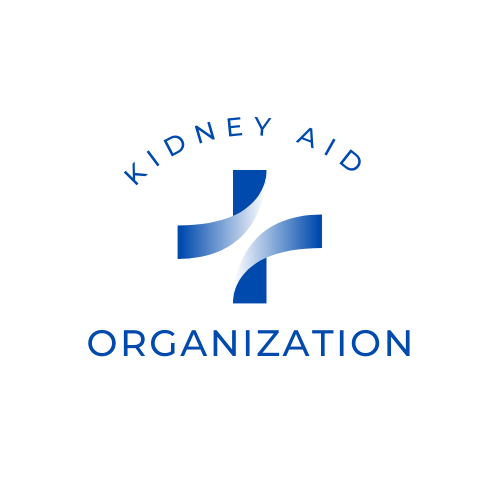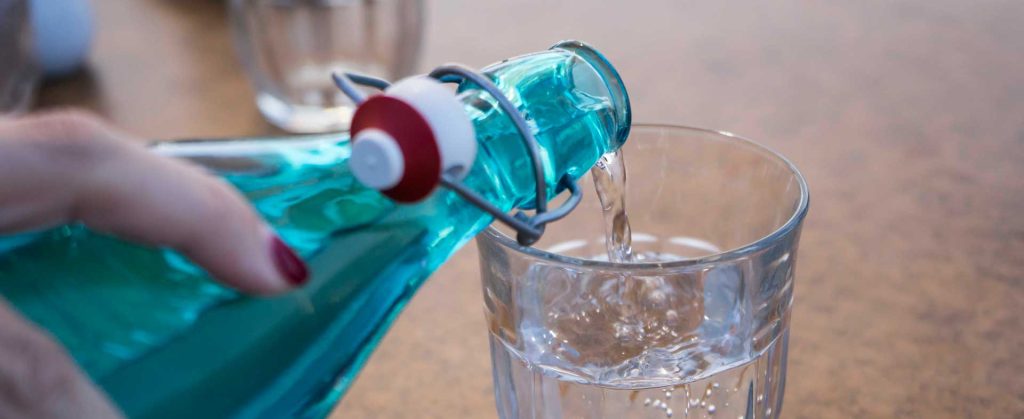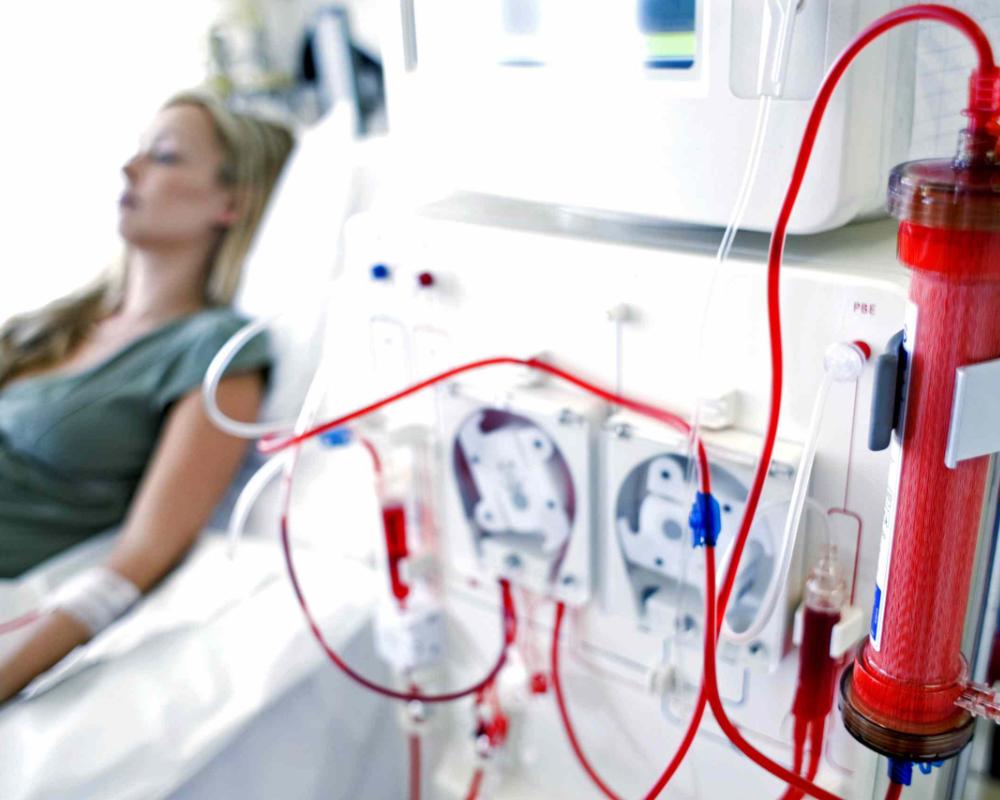Hippocrates once said: “Let food be thy medicine and medicine be thy food.”
As the father of modern medicine, Hippocrates knew that food was a powerful tool in the fight against disease. Today’s medical system seems to have forgotten this fundamental wisdom, with nutrition relegated to an afterthought in the treatment of most illnesses.
Chronic kidney disease is a perfect example. When you get your diagnosis, you’ll also get a laundry list of foods to avoid. What you often won’t be told is what to eat to heal your kidneys. Contrary to what you’ve probably been told, this is entirely possible with something called the alkaline diet.
The Science Behind The Alkaline Diet
Before we explain what the alkaline diet is, let’s discuss pH. Every single process in your body depends on chemical reactions, which take place in liquid solutions like the blood. The pH of these solutions refers to how acidic or alkaline they are, with 0 being the most acidic and 14 being the most alkaline.
Your body operates within a very narrow window somewhere in the middle, between around 7.35 and 7.45. Even the tiniest shift outside of this range can disrupt your vital biochemical processes and cause cell and tissue damage.
Your kidneys are critical for regulating pH level and maintaining the acid-alkaline balance. One of their roles is to secrete something called a buffer, made from carbonic acid and an alkaline bicarbonate base. When your blood is too acidic, bicarbonate works to increase the pH, and when it’s too alkaline, carbonic acid works to decrease the pH, bringing it back into the safe window.
This system of balance is very effective, but even healthy kidneys have limits to the amount of acidity they can handle. In people with chronic kidney disease, this limit is much lower. When the capability of the kidneys is overwhelmed, the result is chronic metabolic acidosis. This causes an accumulation of acid in the bloodstream and tissues, essentially suffocating the body.
What Is The Alkaline Diet?
Naturopath, nutritionist and kidney specialist Duncan Capicchiano ND has spent over a decade studying how diet can help to restore kidney health and function in people with chronic kidney disease. Together with his wife Fiona Chin ND – also a naturopath and nutritionist – Duncan has gathered all of this research into The Kidney Disease Solution, a natural program that has helped over 25,000 people to date. A core part of this program is the alkaline diet, by far the most effective nutritional protocol Duncan and Fiona have found to date.
An alkaline diet emphasizes “alkalizing” foods that relieve the burden of acidosis on your kidneys and the rest of your body. Duncan stresses that all cases of kidney diseases are unique and diet is just one (albeit very important) piece of the puzzle. However, he says that by targeting the common denominator – acidity – you can take a significant load off your kidneys in a matter of hours. Not only can this give your kidneys a much-needed opportunity to heal, but it can also benefit a host of other conditions like:
· Diabetes
· Hypertension
· Cardiovascular damage
· Immune deficiency
· Hormonal imbalances
· Digestive issues
· Muscle and joint pain
· Low energy and chronic fatigue
· Weight gain and obesity
· Gout
· Premature ageing
This is just a small snapshot of the conditions that an alkaline diet can improve or heal. Imagine being able to set not just your kidneys, but your entire body on the path to healing in just a couple of hours, using what you already have in your pantry. Imagine how much more affordable good health would be when your medicine is the food you’re already buying!
How To Eat An Alkaline Diet
To restore kidney health, Duncan advises starting with a diet consisting of 75% alkaline-forming foods and 25% acid-forming foods (more on those in a moment).
To monitor your pH, Duncan recommends purchasing pH test strips. Also known as litmus or pH paper, these strips change colour depending on the acidity or alkalinity of your urine. They’re cheap and easy to use, and they offer valuable feedback about how your body is responding to the diet.
As you follow the diet, test the pH of your urine every morning and keep track of the results. When your pH has stayed in the optimal pH zone of 6.75-7.25 for seven days in a row, it’s time to move to a maintenance diet.
At the maintenance stage, adjust your diet to eat 60% alkaline-forming foods and 40% acid-forming foods. This balance will keep you in the perfect pH zone for optimal health and healing.



